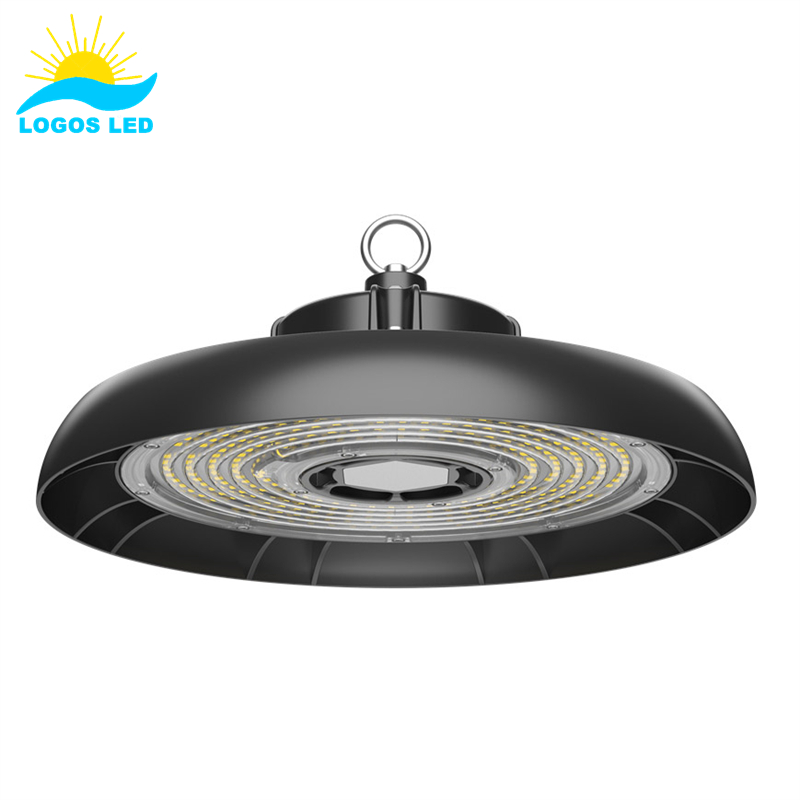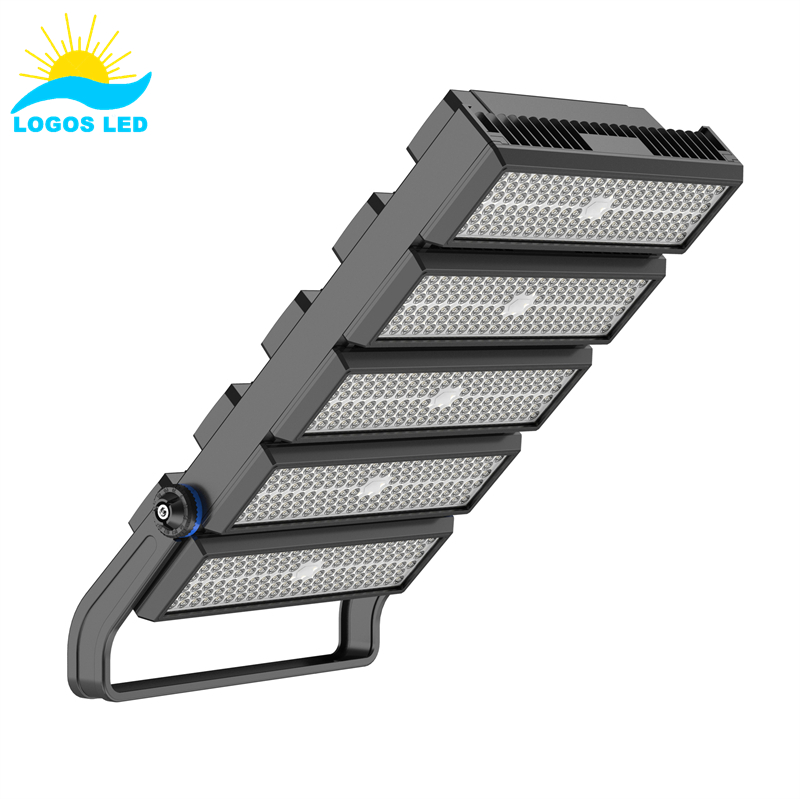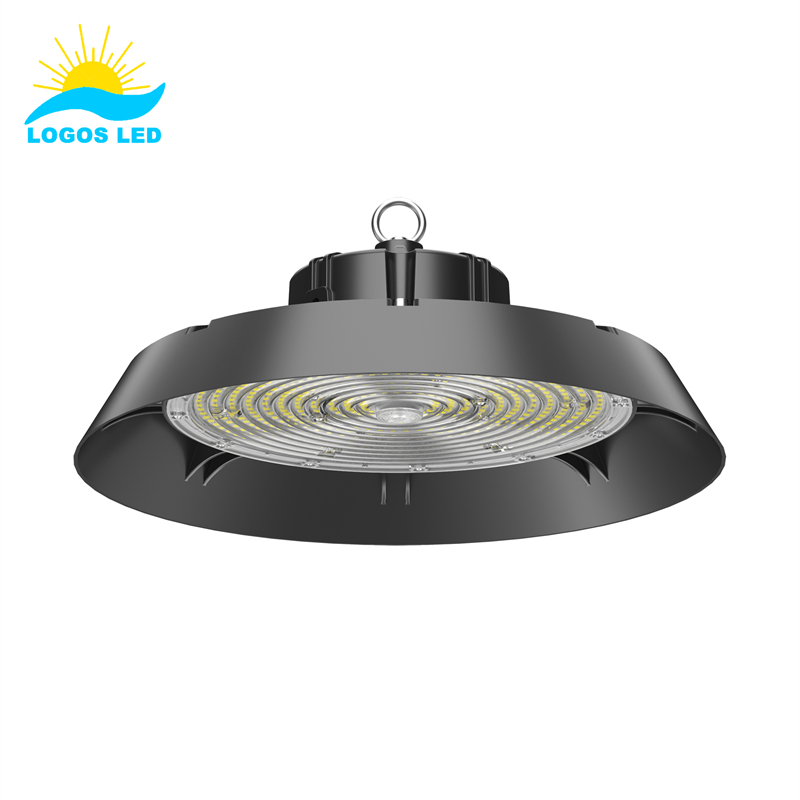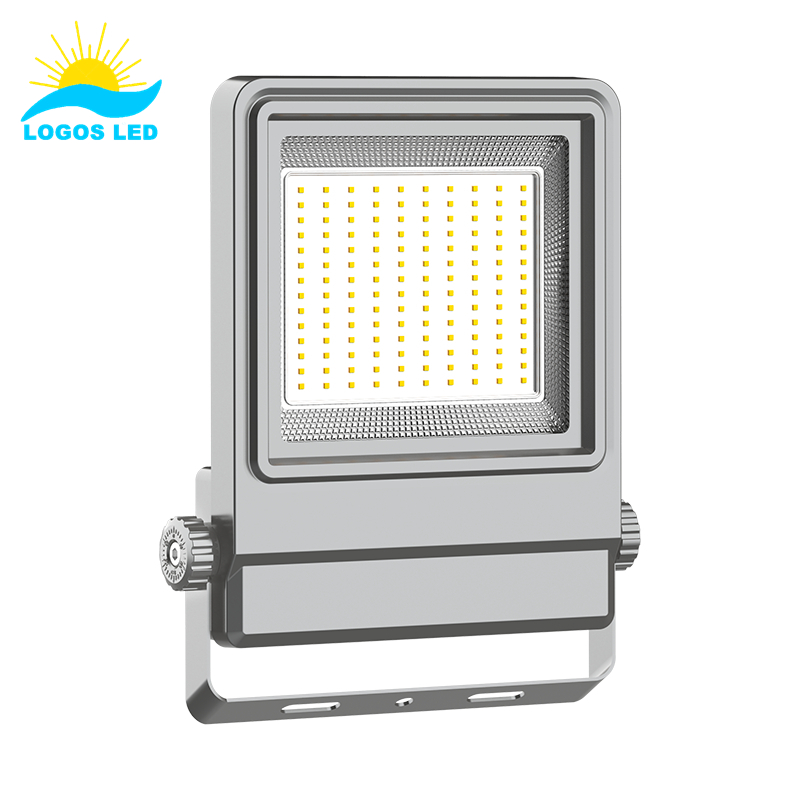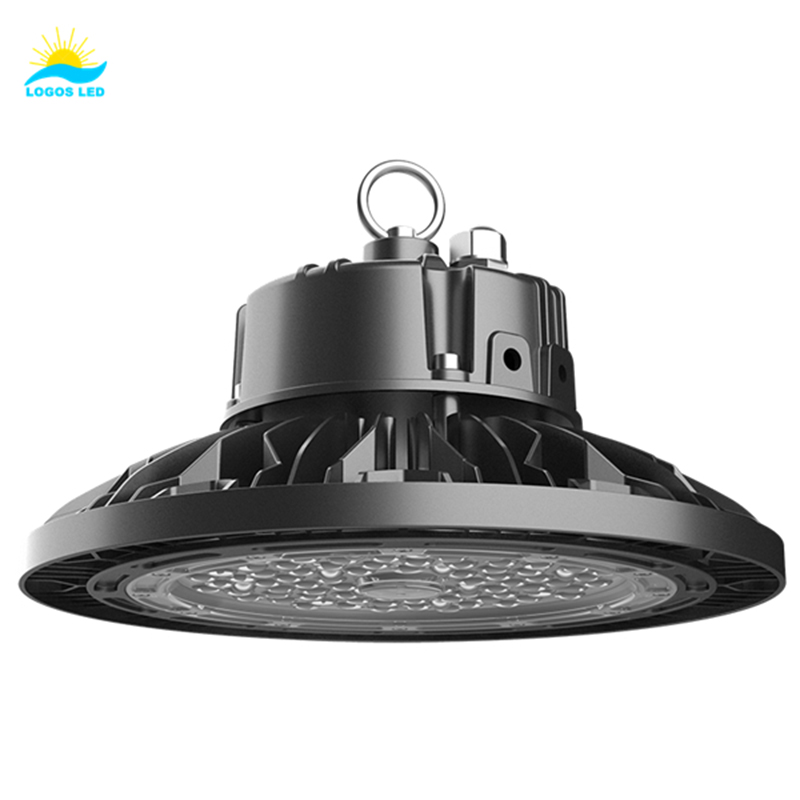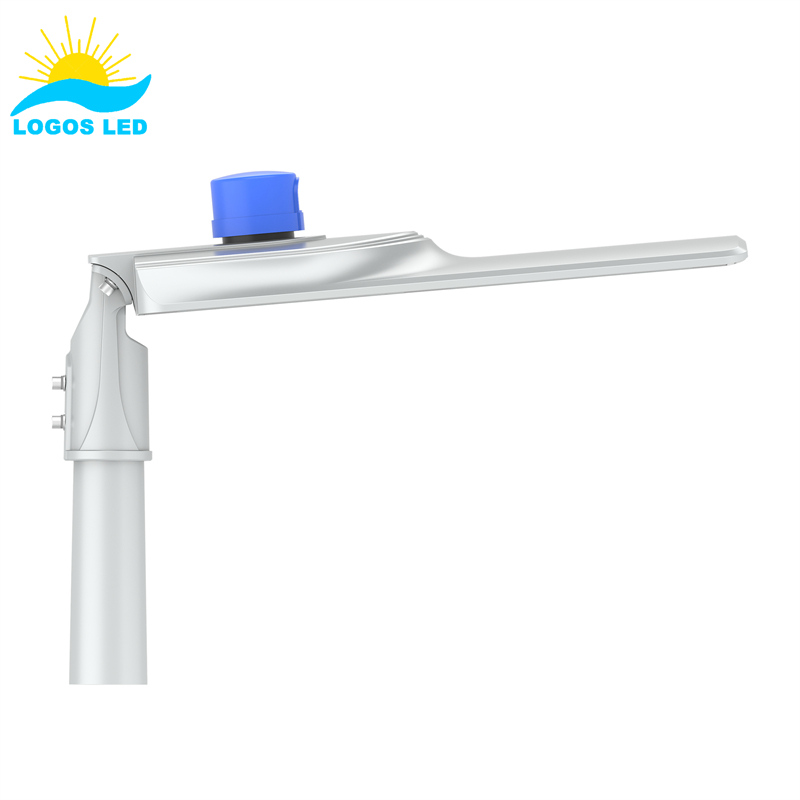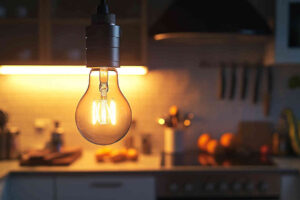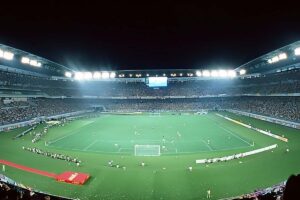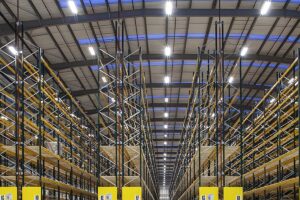Trying to decide which lighting is best can create confusion. The wrong choice results in higher energy bills, maintenance headaches, and environmental harm. In this article, I’ll help you clearly understand which lighting type is right for your commercial needs.
Choosing the best commercial lighting option depends on energy use, cost, lifespan, maintenance, and environmental impact. Fluorescent lights are cheaper upfront but contain harmful mercury and have shorter lifespans. CFLs, a smaller type of fluorescent, offer improved efficiency and longer life but have similar drawbacks. LEDs provide the highest efficiency, longest lifespan, lowest running costs, and contain no mercury. They reduce maintenance and energy bills greatly, making them best for businesses looking for energy-efficient commercial lighting. Ultimately, to cut your total cost of ownership, LED lighting usually makes the most sense.
Let’s break down each option step-by-step, so you have all the facts clearly.
Table of Contents
Energy Efficiency Comparison: Which Option Saves You More Money?
When it comes to cutting energy costs, LEDs are the clear winner. They convert almost all their energy into light, minimizing waste as heat, unlike traditional lighting solutions. Fluorescent lights consume about 50% more power to produce the same brightness as LEDs, making them less efficient. Compact fluorescent lamps (CFLs) perform better than regular fluorescent lights but still fall short of the efficiency offered by LEDs.
In practical applications, such as personal workshops, switching to LEDs has been shown to significantly reduce energy bills, underscoring their cost-saving potential. By maximizing light output and minimizing energy waste, LEDs represent the most efficient and economical choice for lighting needs.
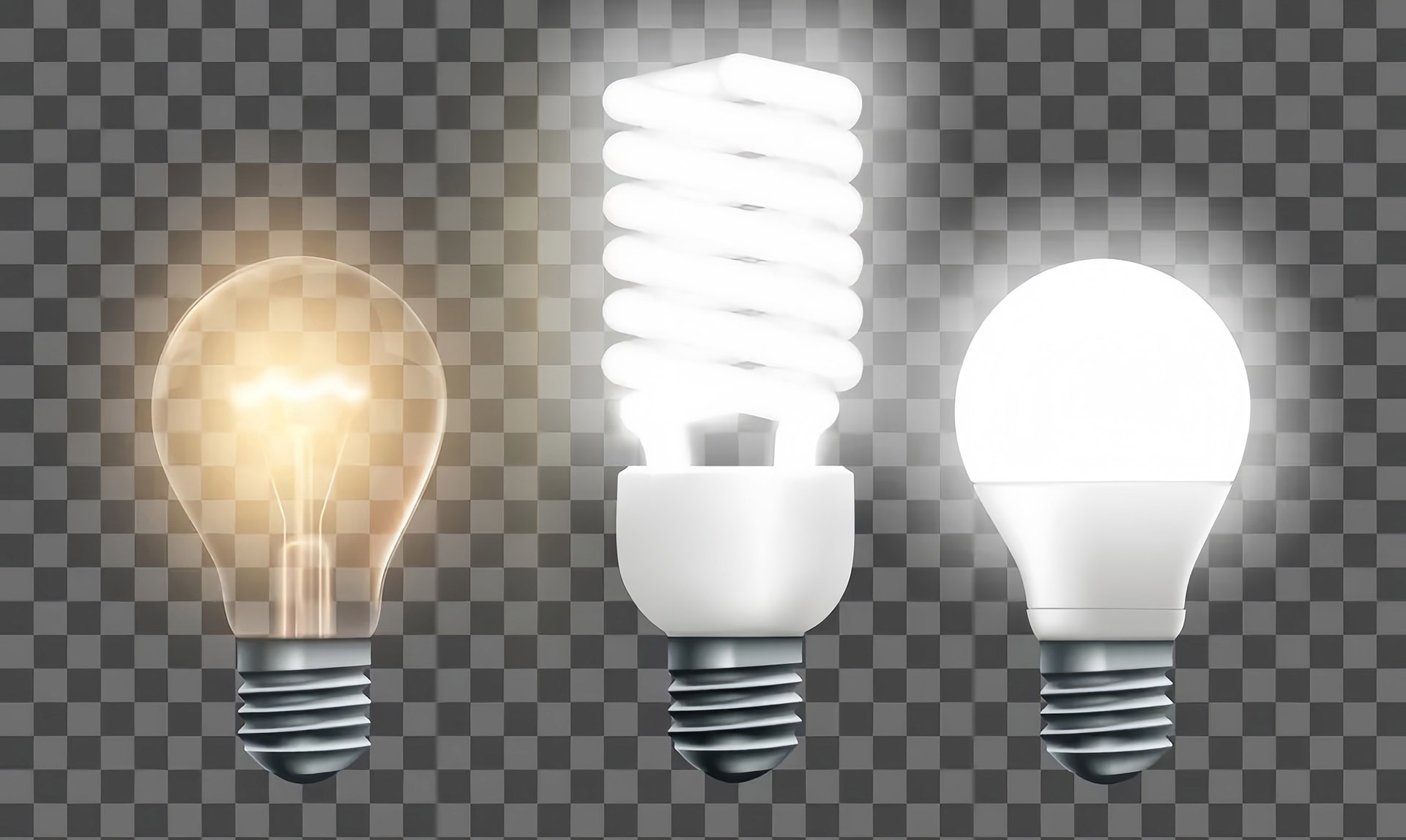
Lifespan and Durability: Which Lasts Longer?
When considering lighting options, the longevity of the light source is a crucial factor. A longer lifespan translates to fewer replacements, reduced maintenance costs, and less operational hassle. Let’s break down the durability of different lighting options.
Traditional Fluorescent Lights
These lights typically last around 1,000 hours. While they have been a staple in many settings, their lifespan necessitates relatively frequent replacements. This can lead to increased maintenance efforts and costs over time.
Compact Fluorescent Lamps (CFLs)
CFLs improve on traditional fluorescents with a lifespan averaging between 8,000 and 12,000 hours. They offer some energy efficiency but still fall short in longevity compared to more modern solutions.
LEDs (Light Emitting Diodes)
LEDs revolutionize longevity with typical lifespans of over 25,000 hours or more. In many cases, they can last up to 100,000 hours, depending on the environment and usage. This means LEDs often last more than ten times longer than fluorescent and CFL bulbs.
Benefits of Longer Lifespan
- Reduced Maintenance Frequency: With LEDs, maintenance teams spend less time changing bulbs, allowing them to focus on other tasks.
- Minimized Downtime: Longer-lasting lights mean facilities operate without frequent interruptions, maintaining productivity in commercial and industrial settings.
- Lower Labor Costs: Lesser replacements result in decreased labor costs, as teams don’t need to allocate resources frequently for bulb changes.
- Cost Efficiency: Though the initial investment might be higher, the reduced need for replacements and maintenance can lead to significant cost savings over time.
Overall, when you consider both lifespan and maintenance, LEDs present the most durable and cost-effective lighting solution for long-term applications. Their extended performance not only eases operational burdens but also aligns perfectly with sustainability goals by reducing waste.
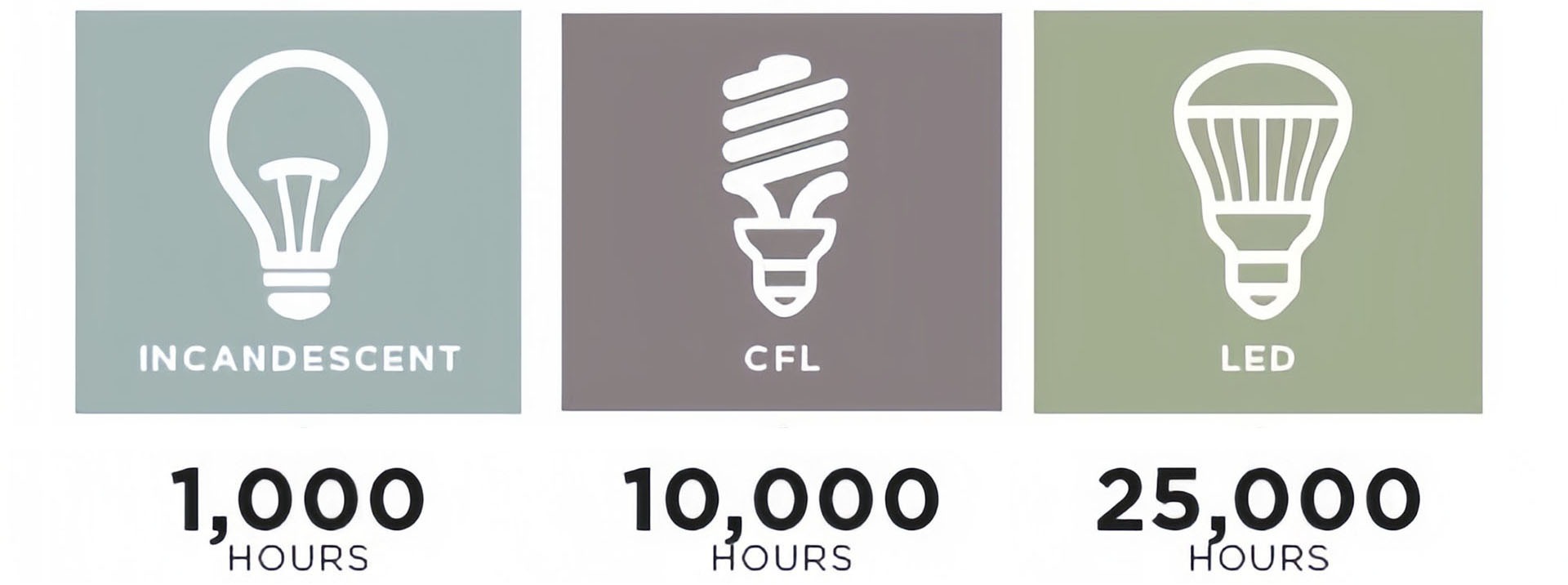
Lifespan of different types light bulbs
Light Quality and Performance: Which Gives Best Results?
In commercial settings, the quality of light is crucial. Fluorescent lights often flicker and hum, potentially causing headaches or eye strain. They can also struggle to maintain consistent brightness over time, which affects their performance in work environments.
CFL bulbs offer some improvements over traditional fluorescents, but they can still be slow to reach full brightness. This delay can be inconvenient in settings where immediate illumination is necessary, affecting work efficiency and comfort.
LEDs, on the other hand, provide instant brightness with balanced lighting color and do not flicker. They maintain consistent luminous intensity and quickly return to full brightness after any interval. This reliability contributes significantly to reducing eye strain and creating a comfortable working environment.
Upgrading to LED lights, as experience shows, can significantly enhance lighting quality, eliminating common complaints associated with traditional lighting and improving overall office ambiance. By offering superior performance and reducing issues like flickering, LEDs stand out as the best option for achieving excellent light quality and performance.
Mercury and Safety Considerations: Which is Safer?
When it comes to safety, LEDs stand out as the superior choice. Fluorescent and compact fluorescent lamps (CFLs) contain mercury, a toxic heavy metal hazardous to both humans and wildlife. Handling broken fluorescent bulbs can be dangerous, requiring hazardous waste protocols for cleanup and disposal, which are both difficult and costly.
In contrast, LEDs are mercury-free, making them safer and more environmentally friendly. This means that switching to LEDs not only creates a safer work environment by eliminating exposure to toxic substances but also simplifies disposal processes. LEDs provide a safer, eco-conscious alternative to mercury-containing lamps, enhancing workplace safety and environmental responsibility.
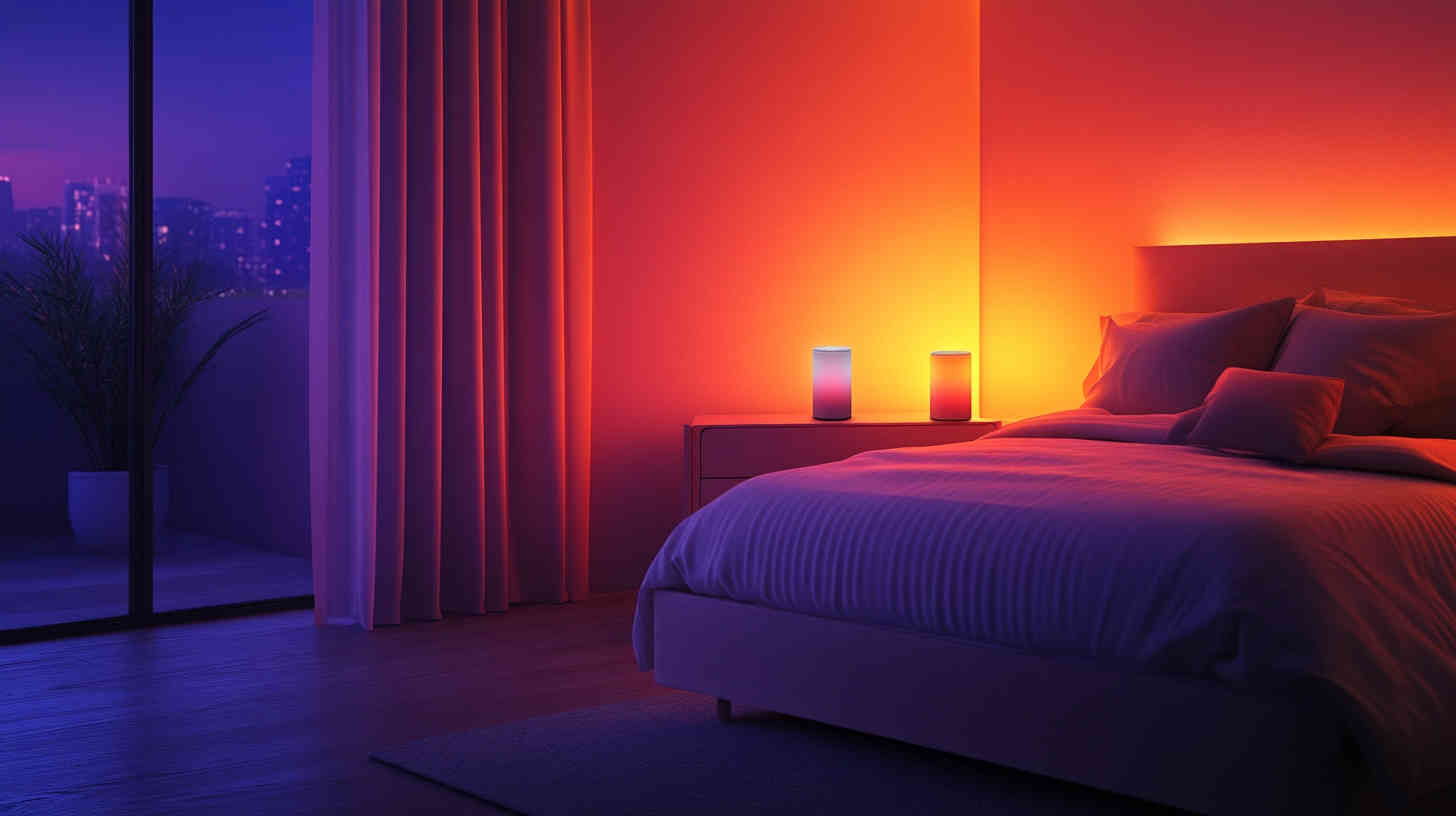
Environmental Impact: Are You Being Green?
If your business cares about reducing environmental impact, LEDs are your best choice. Both CFLs and fluorescent tubes contain mercury and other hazardous chemicals harmful to the environment if disposed improperly. LEDs are clean, mercury-free, and more energy-efficient, offering sustainable lighting solutions. Using less power means cutting carbon dioxide released into our atmosphere. That’s good news for the planet—and your company’s image.
Upfront Costs: How Much Will You Pay?
LED bulbs usually cost more upfront than fluorescent lamps or CFLs. However, as someone in the lighting business, I often explain to customers that this initial higher price quickly pays for itself through lower energy bills, significantly reduced maintenance costs, and fewer replacements. Additionally, prices dropped significantly in recent years as these lights became mainstream. Today’s market prices of LEDs are more affordable than ever.
Maintenance Costs and Hassles: What’s Easier for Your Staff?
I can’t emphasize enough how vital easy maintenance is. Fluorescent and CFL bulbs require changing frequently compared to LEDs. Their shorter lifespan means higher labor costs over time. LEDs rarely fail once installed, drastically reducing maintenance and labor expenses. Easy maintenance translates into fewer disruptions for your team and smoother business operations overall.
Heat Generation: Which Produces Less Heat?
Heat output from lights affects cooling needs and comfort. Fluorescent lights generate some heat, while CFLs create even more relative heat for their size. LEDs, however, emit almost no heat. Lowering heat created by lighting means your HVAC works less and saves energy, too. Cooler workplaces improve employee comfort while also cutting energy bills—a clear win-win situation.
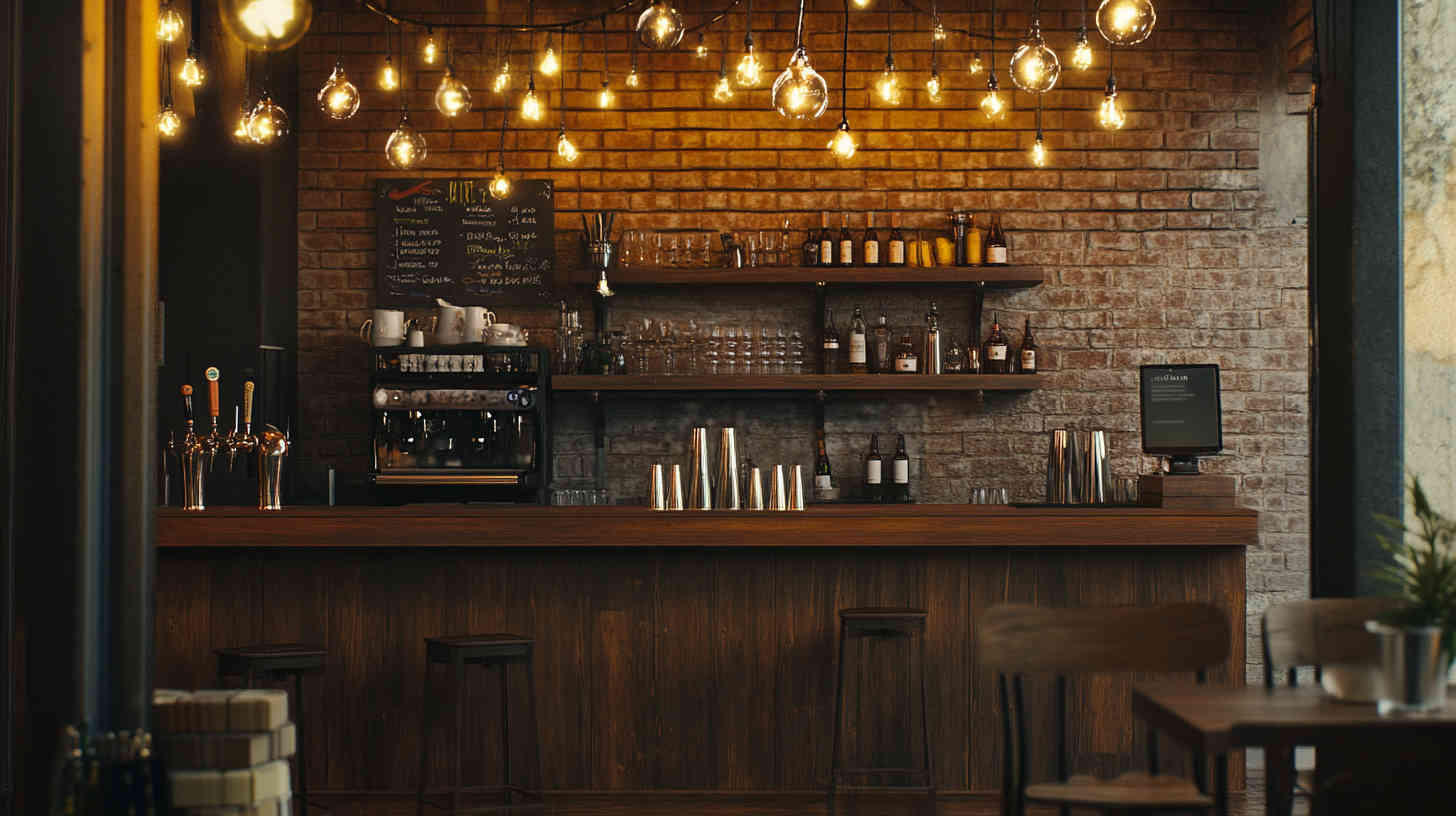
Flexibility and Application Options: Which Offers Better Flexibility?
LED fixtures provide exceptional flexibility with numerous customization options, making them ideal for a wide range of applications. They can be tailored in design, brightness, beam angles, colors, dimming, and control systems. This adaptability allows LEDs to fit perfectly into various settings, from sports fields and parking lots to office spaces and high ceilings.
On the other hand, fluorescent and CFL bulbs typically come with limitations in terms of design and control options, making them less versatile compared to LEDs. With companies like Logos Lighting, you can achieve fully customized LED solutions that perfectly suit your space and needs, enhancing both functionality and ambiance. This flexibility in application showcases LEDs as the superior option for diverse lighting requirements.
Total Cost of Ownership: What’s the Bottom Line?
If business is your goal, focusing on lighting total cost of ownership rather than upfront price makes sense. LEDs cost more initially but drastically outperform the others in lifespan, efficiency, safety, and operating costs. Over several years, LEDs easily become the lowest-cost lighting option. An initial investment translates to major ongoing savings. For businesses looking ahead, LEDs are the clear economic winner.
Retrofitting Considerations: How Easy to Upgrade Existing Fixtures?
Commercial LED retrofit is often simple. Most existing fluorescent and CFL fixtures easily convert over, sometimes without needing extensive rewiring or new infrastructure. Logos Lighting specializes in seamless commercial lighting upgrades. In many retrofit projects I’ve handled personally, companies experienced minimal disruptions and enjoyed significant savings immediately.
Disposal and Recycling: What’s Easier?
Fluorescent tubes and CFLs pose significant recycling challenges due to mercury content, requiring special hazardous waste disposal methods that can be costly and complex. This creates additional burdens for businesses in terms of both safety and expense.
LEDs, on the other hand, contain no hazardous chemicals, making their disposal far simpler and less costly. Many recyclers accept LEDs directly, significantly streamlining the recycling process and reducing environmental impact. This ease of disposal and recycling makes LEDs a more practical and eco-friendly choice.
Aesthetics and Design Appeal: Which Looks Better?
LED lighting is renowned for its sleek, modern aesthetic, making it a popular choice in upscale commercial environments. Unlike fluorescent and CFL lights, which often have a dated appearance due to their tube or spiral shapes, LEDs offer versatile designs that integrate seamlessly into contemporary styles. They can be discreetly embedded into ceilings and backgrounds for a clean look or utilized to make bold design statements, depending on your preference. This adaptability allows LEDs to enhance the elegance and visual appeal of any space.
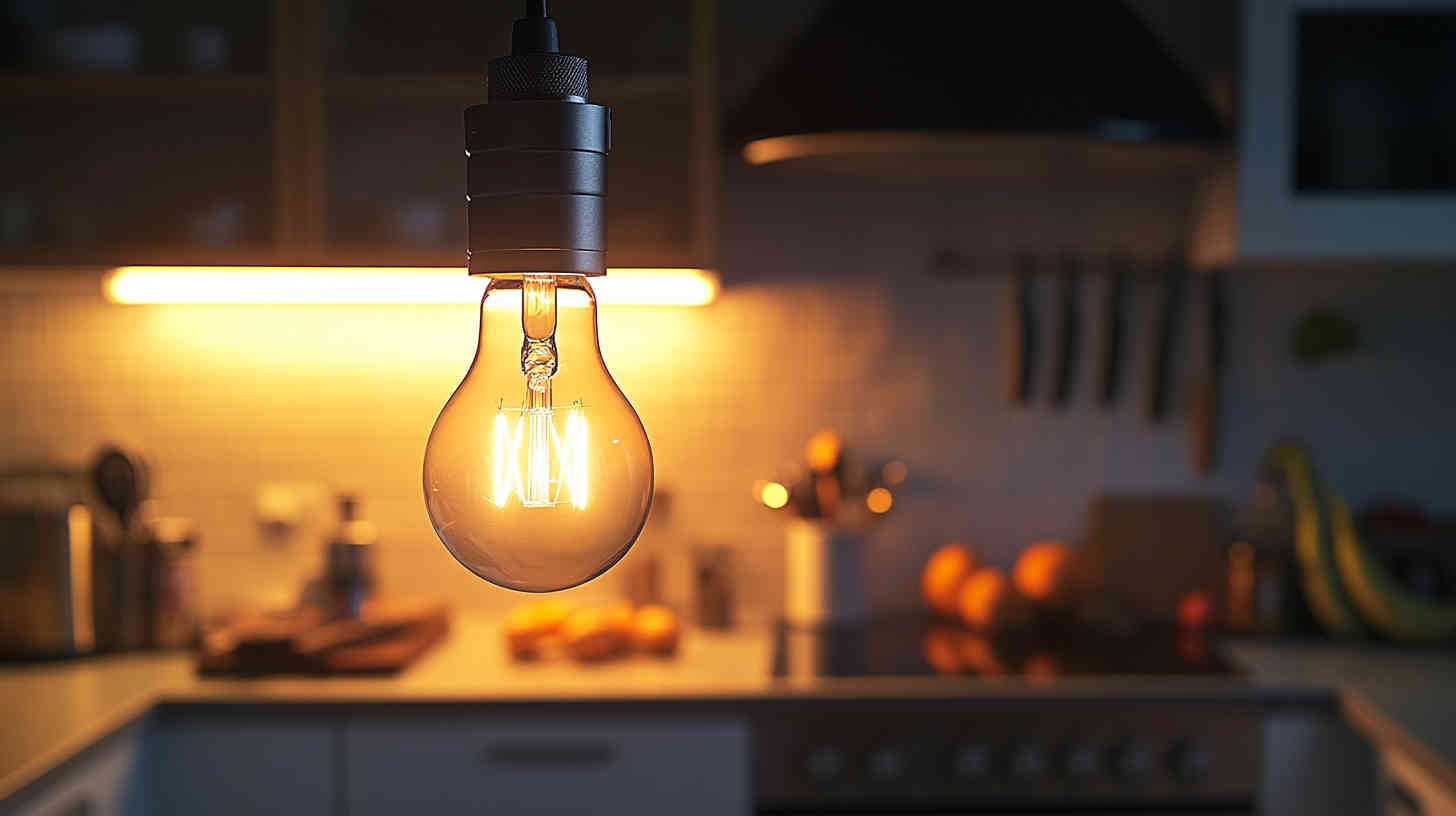
Conclusions
To summarize, for a successful, cost-effective, safe, and energy-efficient lighting solution for your business, LEDs clearly surpass fluorescents and CFLs. Although you pay slightly more upfront, the benefits—including longer lifespan, lower costs, better safety, improved employee comfort, less environmental impact, and easy customization—far outweigh these costs. Ready to learn more or ready to get started? Contact us today at Logos Lighting, and let’s make your upgrade easy!
Request A Free Quote Now!
Send us a message if you have any questions or request a quote. We will get back to you ASAP!



